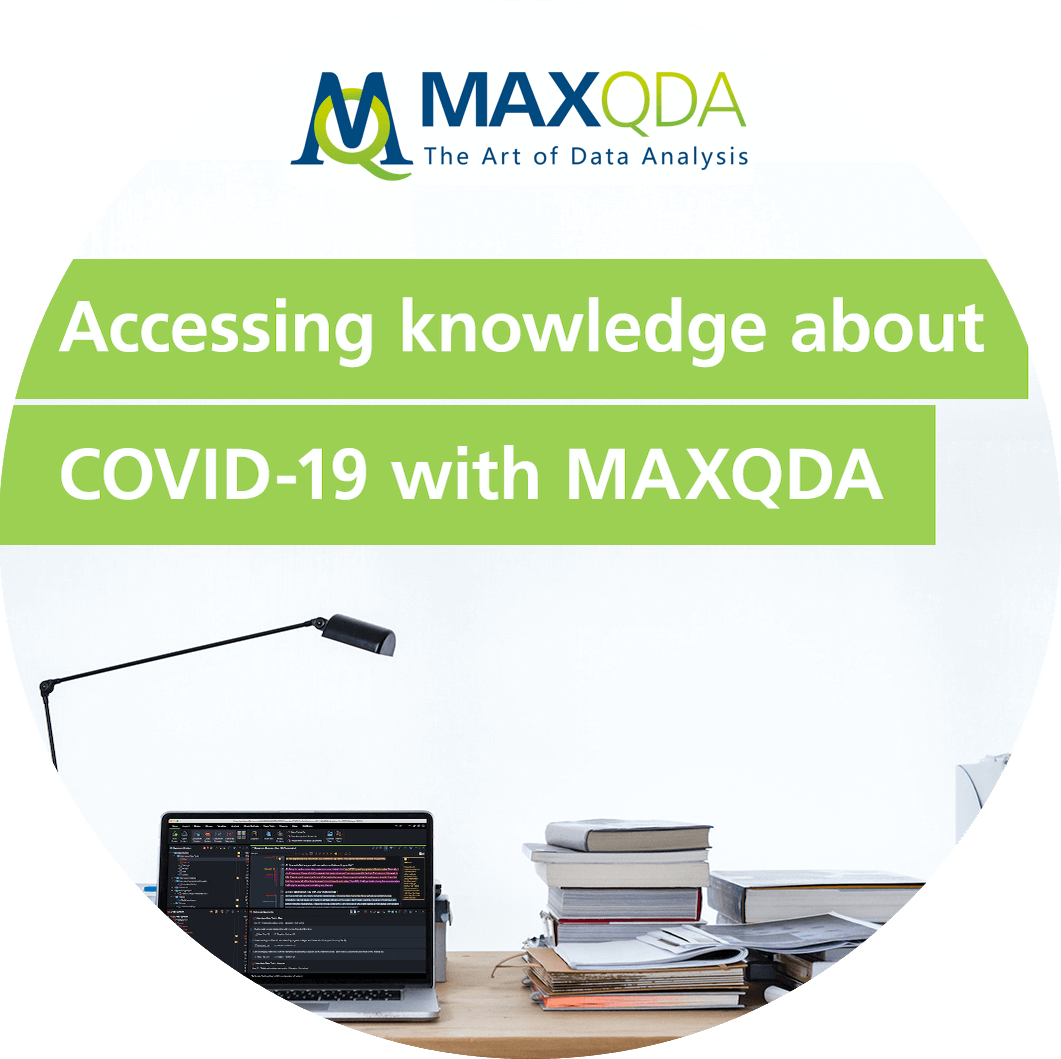
The Vendor Release table provides the known releases for the For additional information or assistance regarding Section 508, please contact the Section 508 Office at Please see reference tab for more information concerning product versions. Section 508 compliance may be reviewed by the Section 508 Office and appropriate remedial action required if necessary. The Implementer of this technology has the responsibility to ensure the version deployed is 508-compliant. This technology has been assessed by the Section 508 Office and found non-conformant. Prior to use of this technology, users should check with their supervisor, Information Security Officer (ISO), Facility Chief Information Officer (CIO), or local Office of Information and Technology (OI&T) representative to ensure that all actions are consistent with current VA policies and procedures prior to implementation. Users must ensure sensitive data is properly protected in compliance with all VA regulations. Users must ensure their use of this technology/standard is consistent with VA policies and standards, including, but not limited to, VA Handbooks 61 VA Directives 6004, 6513, and 6517 and National Institute of Standards and Technology (NIST) standards, including Federal Information Processing Standards (FIPS). For more information on the use of cloud services and cloud-based products within VA, including VA private clouds, please see the Enterprise Cloud Solutions Office (ECSO) Portal at: Cloud services provided by the VAEC, which are listed in the VAEC Service Catalog, and those controlled and managed by an external Cloud Service Provider (i.e.
#Maxqda support software
This includes technologies deployed as software installations on VMs within VA-controlled cloud environments (e.g.

The TRM decisions in this entry only apply to technologies and versions owned, operated, managed, patched, and version-controlled by VA. Additionally, users can store MAXQDA projects in a cloud service such as Dropbox, Google Drive, Microsoft OneDrive, or SugarSync to synchronize project files across different computers or to make them available to third parties. Data created with and through MAXQDA is not encrypted, but the software will not interfere with standard hard drive encryption. The data of MAXQDA projects is then saved in separate files and stored locally on the user`s hard drive. MAXQDA imports data from multiple data sources into the program for project analysis. Per the vendor, this technology does not utilize a database. There are three editions of MAXQDA: Standard, Plus, and Analytics Pro. This technology is designed for computer-assisted qualitative and mixed methods data, text, and multimedia analysis in academic, scientific, and business institutions. More information on the proper use of the TRM can be found on the Technologies must be operated and maintained in accordance with Federal and Department security and


 0 kommentar(er)
0 kommentar(er)
